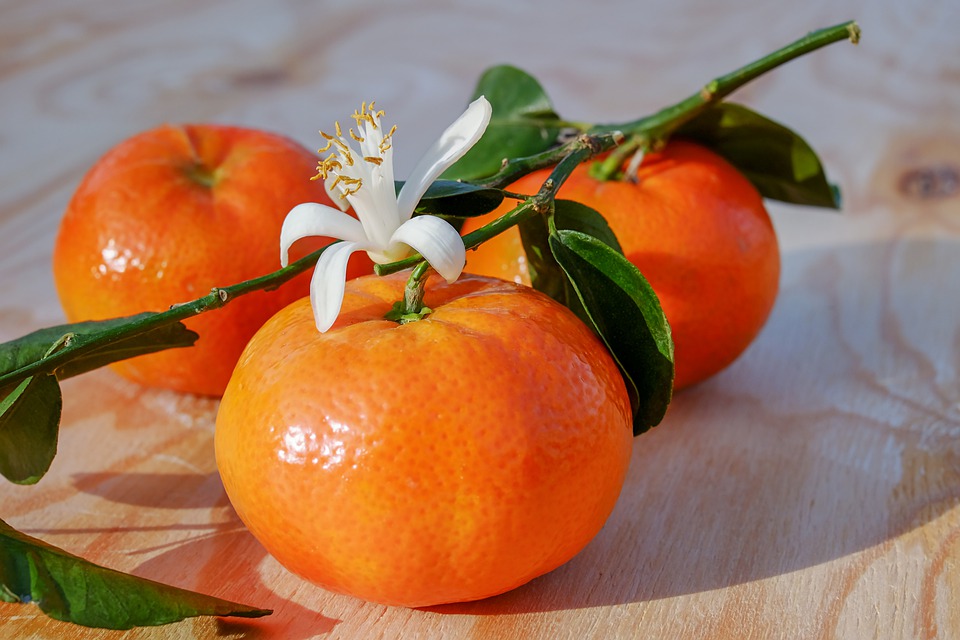A clementine is a hybrid between a willowleaf mandarin orange and a sweet orange. The exterior is a deep orange color with a smooth, glossy appearance. Clementines can be separated into 7 to 14 segments. Take a look below for 22 more fun and interesting facts about clementines.
1. Clementines are very similar to tangerines, in that they tend to be easy to peel.
2. Clementines are typically juicy and sweet, with less acid content than oranges.
3. Their oils, like other citrus fruits, contain mostly limonene as well as myrcene, linalool, a-pinene and many complex aromatics.
4. Most sources say that the clementine came to exist because of accidental hybridization, with the first fruits discovered by Brother Clement Rodier, after whom the fruit was named in French and then English, in the garden of his orphanage in Misserghin, Algeria.
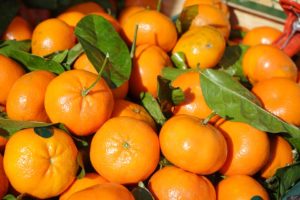
5. Some sources claim that clementines originated in China, before Brother Clement Rodier’s time.
6. One source describes the clementine as nearly identical to the Canton mandarin that’s widely grown in the Guangxi and Guangdong provinces in China.
7. The clementine is not always easy to distinguish from varieties of mandarin oranges. As such, it shouldn’t be confused with similar fruit such as the satsuma or honey sweet orange.
8. Clementines were introduced into Californian commercial agriculture in 1914, though it was grown at the Citrus Research Center as early as 1909.
9. Clementines lost their desirable seedless characteristic when they’re cross-pollinated with other fruit. To prevent this, in 2006 growers such as Paramount Citrus in California threatened to sue local beekeepers to keep bees away from their crops.
10. The “clemenules” or “nules” is a popular, seedless, easy to peel clementine with a very pleasing sweet flavor.
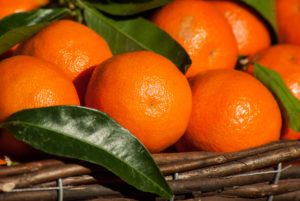
11. A mutation of the Spanish Fina variety, clemenules are the most widely planted clementine in Spain, where it’s widely planted and matures from mid-November to mid to late-January.
12. Clemenules are widely planted in California, where they mature from October to December.
13. “Nadorcott” is a patented, late-season variety of clementine that’s seedless when grown in isolation from all other citrus.
14. When compared to the “clemenules” variety, the “nadorcott” clementine is distinguished by its more red-orange color, thinner peel, and flavor that’s decidedly less sweet and more tart and bitter than the “clemenules.”
15. The patent for nadorcott clementines was filed in January, 1997.
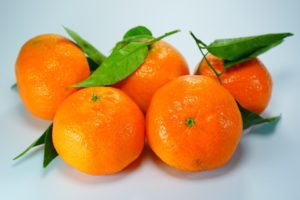
16. Recent medical evidence suggests that clementines may interact with drugs in a manner similar to that of grapefruit.
17. Clementines are often called “Christmas oranges” because their limited growing season falls during the winter.
18. Giving clementines as a gift has become very popular around the world, and often people order boxes of clementines for holiday gifts a year in advance.
19. Clementines are very good for the skin, largely because of their vitamin C content. Scientific studies have validated the role of vitamin C in the synthesis of collagen, which is a structural component vital for the maintenance of a healthy skin.
20. As a source of natural folate, eating a few clementines regularly may prove helpful in the normal functioning of the brain, and also support in reducing distress and depression.
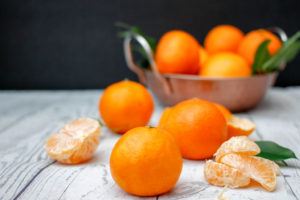
21. Eating citrus fruits such as clementines helps in enhancing the disease-fighting ability of the body and strengthening immunity.
22. Clementines are a good source of fiber, which adds bulk to the stool and facilitates better digestion, keeping you from getting constipated.

